Home>Gardening & Outdoor>Landscaping Ideas>Why Is My Grass Clumping When Mowing
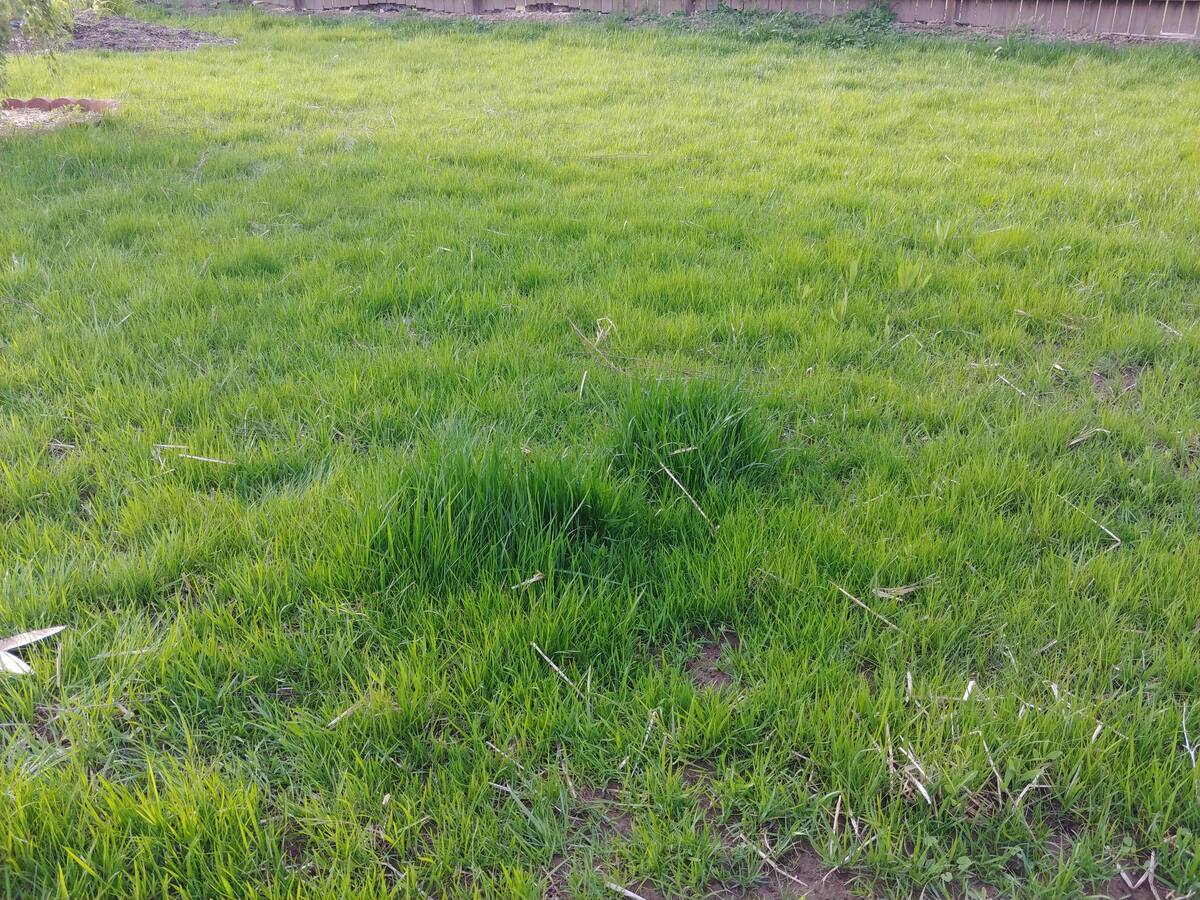

Landscaping Ideas
Why Is My Grass Clumping When Mowing
Published: January 29, 2024
Discover effective landscaping ideas to prevent grass clumping when mowing. Learn expert tips for a smoother lawn maintenance routine.
(Many of the links in this article redirect to a specific reviewed product. Your purchase of these products through affiliate links helps to generate commission for Storables.com, at no extra cost. Learn more)
Introduction
Read more: Why Does Grass Clump When I Mow
Introduction
When it comes to maintaining a lush and well-manicured lawn, mowing is a crucial aspect of the process. However, if you've noticed unsightly clumps of grass after mowing, you're not alone. This common issue can detract from the overall aesthetic of your lawn and leave you wondering why it's happening. In this article, we'll delve into the reasons behind grass clumping when mowing, explore various mowing techniques to prevent this issue, and highlight the importance of equipment maintenance. By understanding the underlying causes and implementing the right strategies, you can achieve a beautifully trimmed lawn without the frustration of clumping grass. Let's explore how to tackle this challenge and elevate the appearance of your outdoor space.
Reasons for Clumping
Key Takeaways:
- Say no to clumpy grass! Mow when dry, adjust blade height, and follow the “one-third rule” to prevent clumping. Alternate mowing patterns and maintain equipment for a pristine lawn.
- Keep your mower sharp and clean! Regular maintenance, including blade sharpening and deck cleaning, prevents grass clumping. Follow manufacturer’s guidelines for optimal performance.
Reasons for Clumping
Several factors can contribute to grass clumping when mowing, and understanding these reasons is essential for addressing the issue effectively. One common cause of clumping is mowing when the grass is damp. Wet grass tends to clump together instead of being evenly dispersed, resulting in unsightly patches on the lawn. Additionally, using a dull mower blade can lead to ragged and uneven cuts, causing the clippings to clump rather than being finely mulched and distributed across the lawn. Moreover, mowing too quickly or attempting to cut overly long grass in a single pass can overwhelm the mower's ability to process the clippings, leading to clumping.
Another factor that contributes to clumping is the accumulation of thatch, which consists of dead grass and organic debris that builds up at the base of the living grass. Excessive thatch prevents the clippings from reaching the soil, causing them to clump on the surface. Furthermore, irregular mowing patterns and abrupt turns can also result in clumping, as the mower may struggle to evenly disperse the clippings when maneuvering around obstacles or changing directions.
Understanding these reasons for clumping is the first step toward resolving the issue. By addressing these underlying factors, you can significantly improve the mowing process and achieve a more uniform and aesthetically pleasing lawn.
Mowing Techniques to Prevent Clumping
Read more: Why Is My Lawn Mower Leaving Clumps Of Grass
Mowing Techniques to Prevent Clumping
Implementing the right mowing techniques is crucial for preventing grass clumping and maintaining a pristine lawn. One effective strategy is to mow when the grass is dry, as this allows the clippings to be more easily dispersed across the lawn. Additionally, adjusting the mower blade to the appropriate height can make a significant difference. Cutting the grass too short can lead to stress and clumping, so it’s important to follow the recommended mowing height for your specific grass type.
Furthermore, employing the “one-third rule” can help prevent clumping and promote a healthier lawn. This rule involves never removing more than one-third of the grass blade length in a single mowing session. By adhering to this guideline, you can avoid overwhelming the mower with excessive clippings and ensure that the grass remains at an optimal length for growth and appearance.
Another effective technique is to mow in alternating patterns during each session. For example, if you mow in a horizontal direction one week, consider mowing vertically the next time. This approach encourages more even distribution of the clippings and minimizes the likelihood of clumping. Additionally, making gradual turns instead of abrupt ones can help prevent clumping, as it allows the mower to disperse the clippings more evenly.
Consider investing in a mower equipped with a mulching feature or a grass catcher to further mitigate clumping. Mulching mowers finely chop the clippings, allowing them to decompose and return valuable nutrients to the soil. Alternatively, using a grass catcher to collect the clippings can prevent them from clumping on the lawn, especially when dealing with longer grass or dense vegetation.
By incorporating these mowing techniques into your lawn care routine, you can effectively minimize clumping and achieve a well-groomed and healthy lawn that enhances the overall appeal of your outdoor space.
Equipment Maintenance
Equipment Maintenance
Proper maintenance of your mowing equipment is essential for preventing grass clumping and ensuring optimal performance. One of the most critical aspects of equipment maintenance is regularly sharpening the mower blade. A sharp blade cuts the grass cleanly, reducing the likelihood of ragged edges that can contribute to clumping. It’s advisable to inspect the mower blade regularly and sharpen or replace it as needed to maintain its cutting effectiveness.
Regularly cleaning the underside of the mower deck is also crucial for preventing clumping. Grass clippings and debris can accumulate in this area, impeding the proper discharge of clippings and leading to clumping. After each mowing session, take the time to remove any buildup from the mower deck using a brush or scraper, ensuring that the discharge chute is clear as well.
In addition to blade maintenance and deck cleaning, it’s important to keep the mower’s engine in good condition. This includes regular oil changes, air filter replacement, and spark plug inspection. A well-maintained engine operates more efficiently, providing the power needed to effectively mulch or discharge the grass clippings without clumping.
Inspecting the mower’s tires for proper inflation and tread wear is another aspect of equipment maintenance that can impact mowing performance. Well-maintained tires ensure proper traction and maneuverability, reducing the likelihood of uneven mowing patterns that can contribute to clumping.
Lastly, following the manufacturer’s recommended maintenance schedule for your specific mower model is essential for prolonging its lifespan and preventing issues such as clumping. This may include tasks such as lubricating moving parts, checking belt tension, and inspecting the overall condition of the mower.
By prioritizing equipment maintenance and addressing any issues promptly, you can optimize the performance of your mower and minimize the occurrence of grass clumping, ultimately contributing to a more enjoyable and visually appealing lawn.
Conclusion
Read more: When To Start Mowing Grass
Conclusion
In conclusion, understanding the reasons for grass clumping when mowing and implementing effective strategies to prevent this issue are essential for maintaining a pristine lawn. By mowing when the grass is dry, adjusting the mower blade to the appropriate height, and adhering to the “one-third rule,” you can significantly reduce the likelihood of clumping and promote healthier grass growth. Incorporating alternating mowing patterns, making gradual turns, and investing in mulching mowers or grass catchers further contribute to a more even distribution of clippings and a neater lawn appearance.
Furthermore, prioritizing equipment maintenance, including regular blade sharpening, deck cleaning, and engine care, is crucial for optimizing mowing performance and minimizing clumping. By following the manufacturer’s maintenance guidelines and promptly addressing any issues, you can ensure that your mower operates efficiently and effectively disperses grass clippings without clumping.
Ultimately, by combining proper mowing techniques with proactive equipment maintenance, you can achieve a well-groomed and visually appealing lawn that enhances the overall aesthetic of your outdoor space. Consistent care and attention to these key aspects of lawn maintenance will not only minimize clumping but also contribute to the long-term health and beauty of your lawn.
With these insights and practical strategies at your disposal, you can overcome the challenge of grass clumping when mowing and take pride in a lush, evenly trimmed lawn that becomes a standout feature of your property.
Frequently Asked Questions about Why Is My Grass Clumping When Mowing
Was this page helpful?
At Storables.com, we guarantee accurate and reliable information. Our content, validated by Expert Board Contributors, is crafted following stringent Editorial Policies. We're committed to providing you with well-researched, expert-backed insights for all your informational needs.
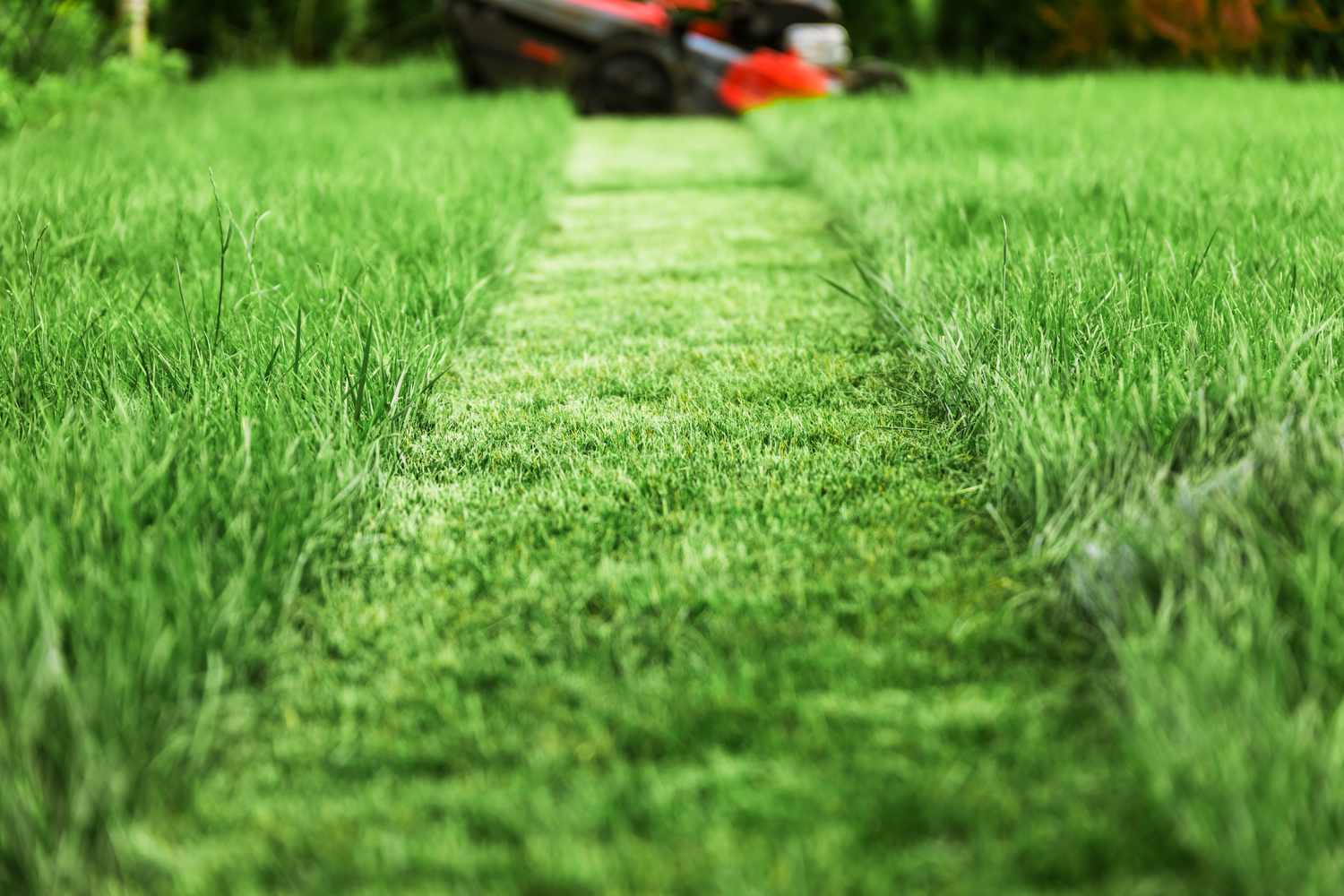
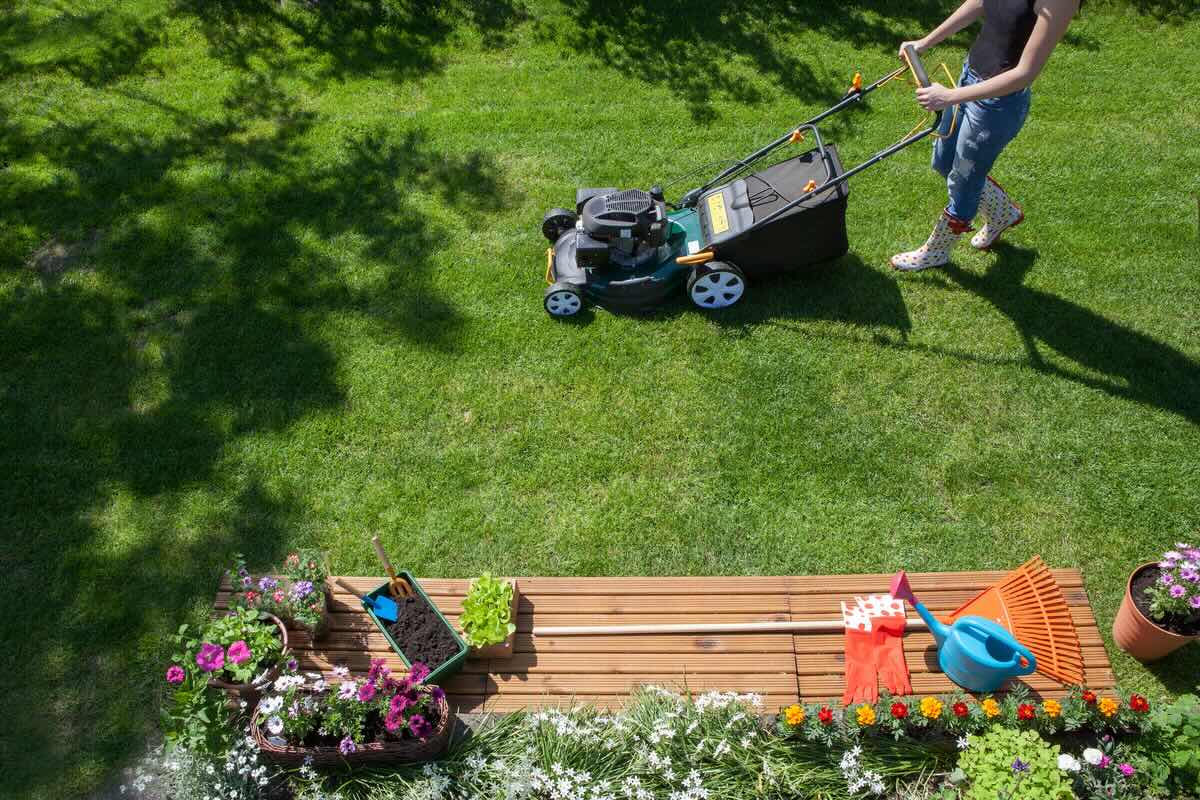
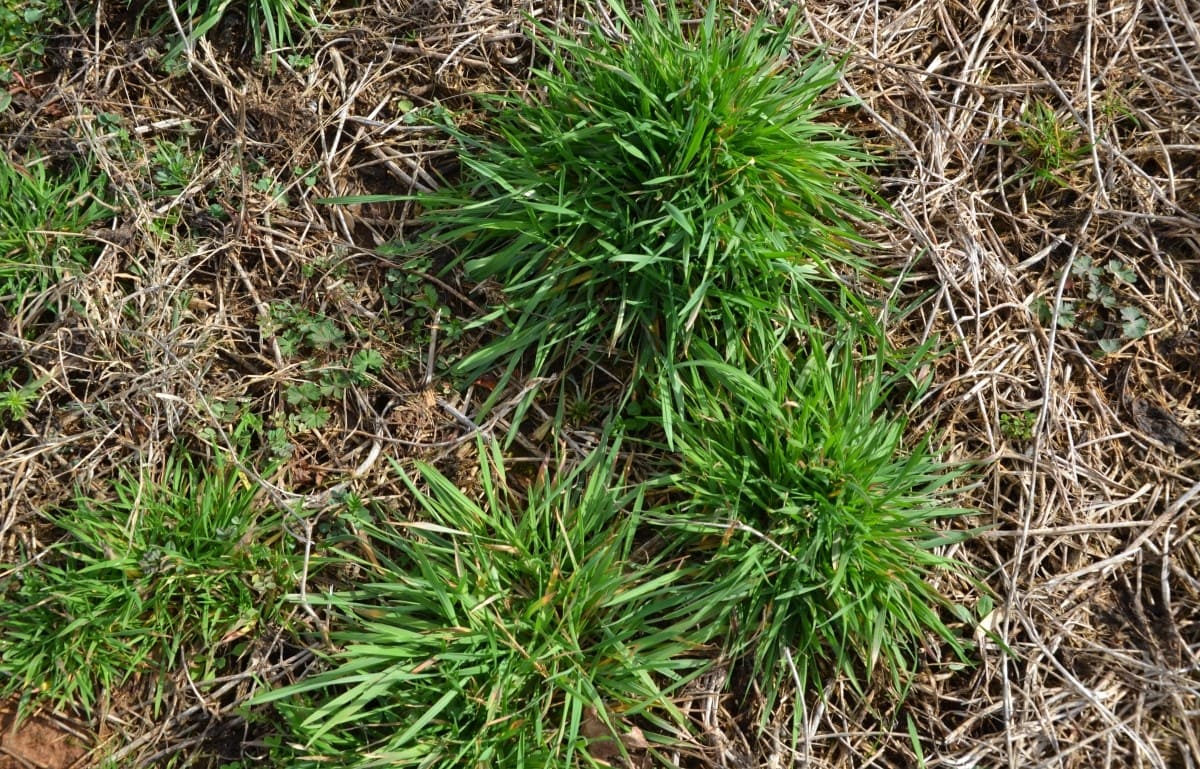
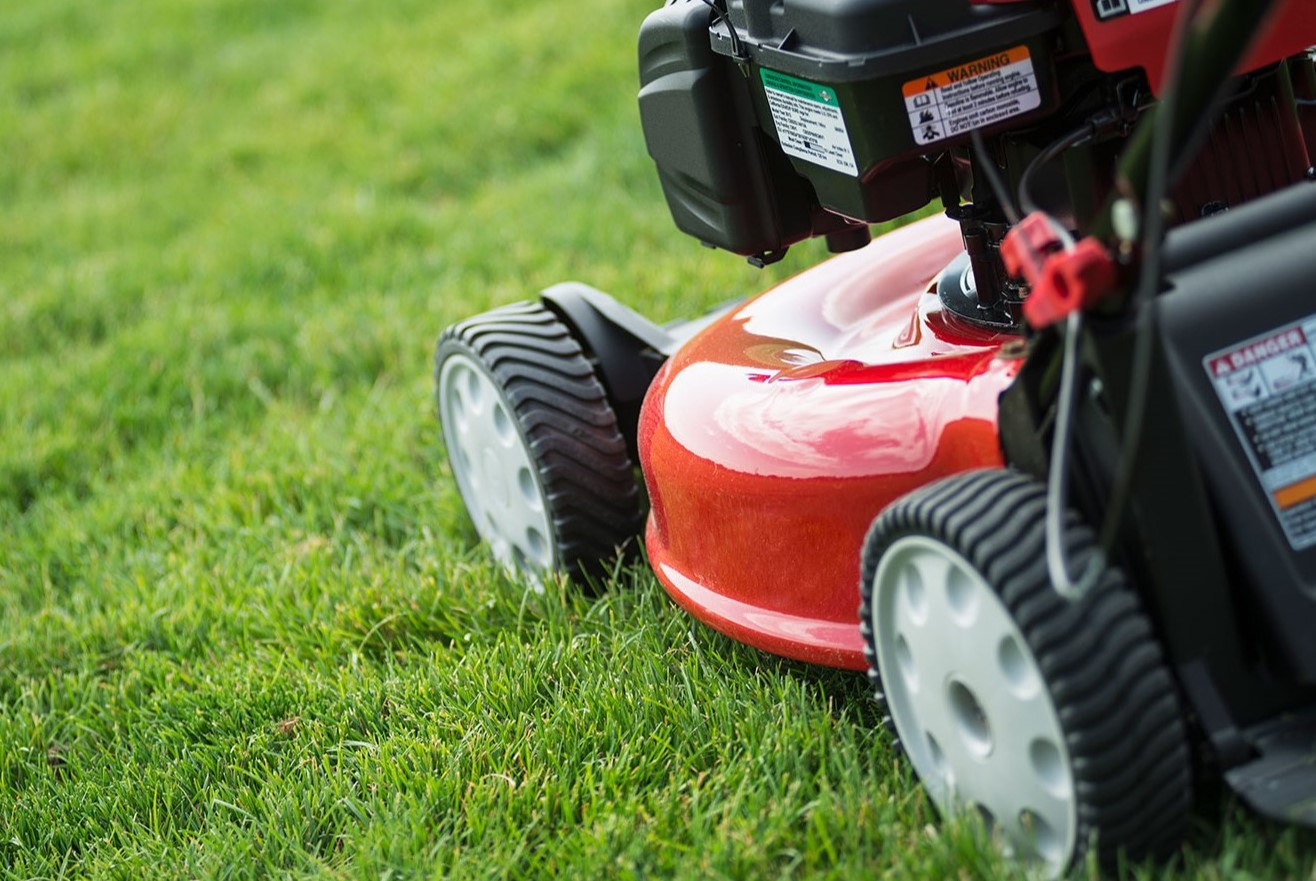
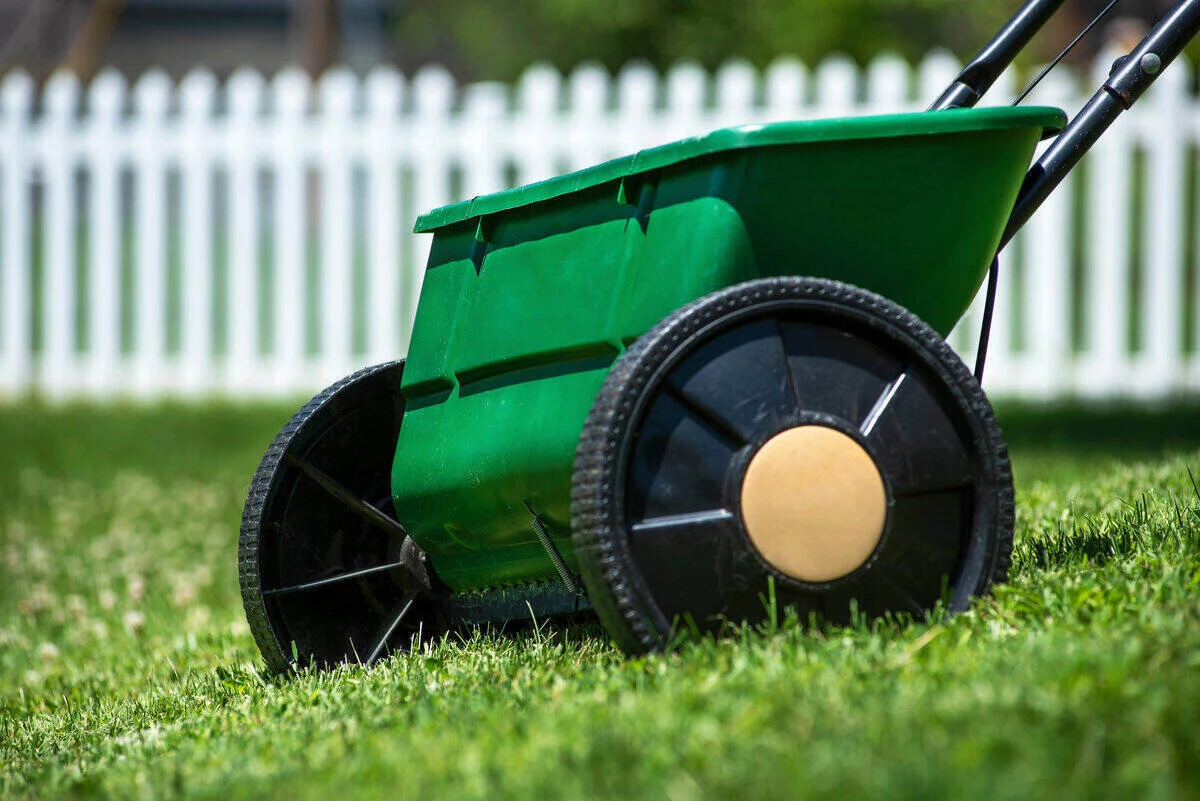
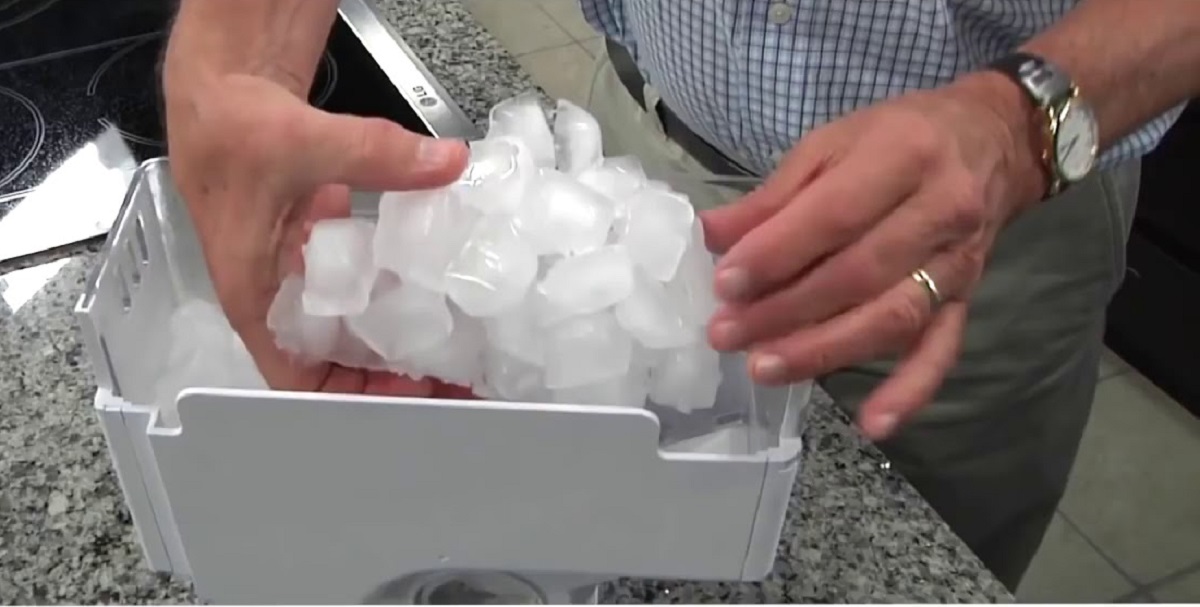
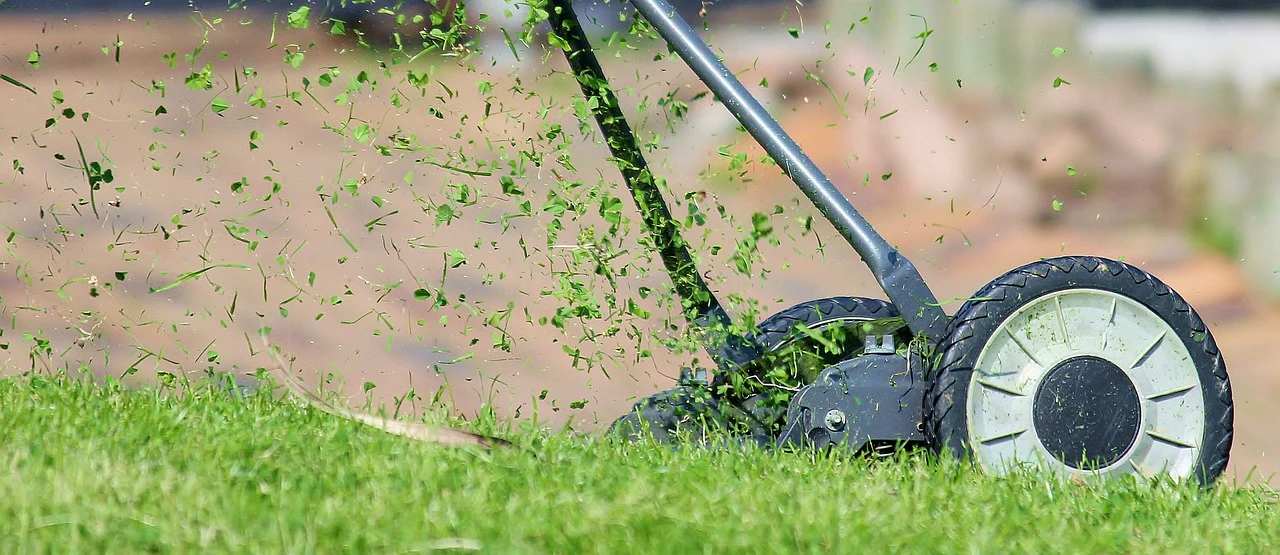
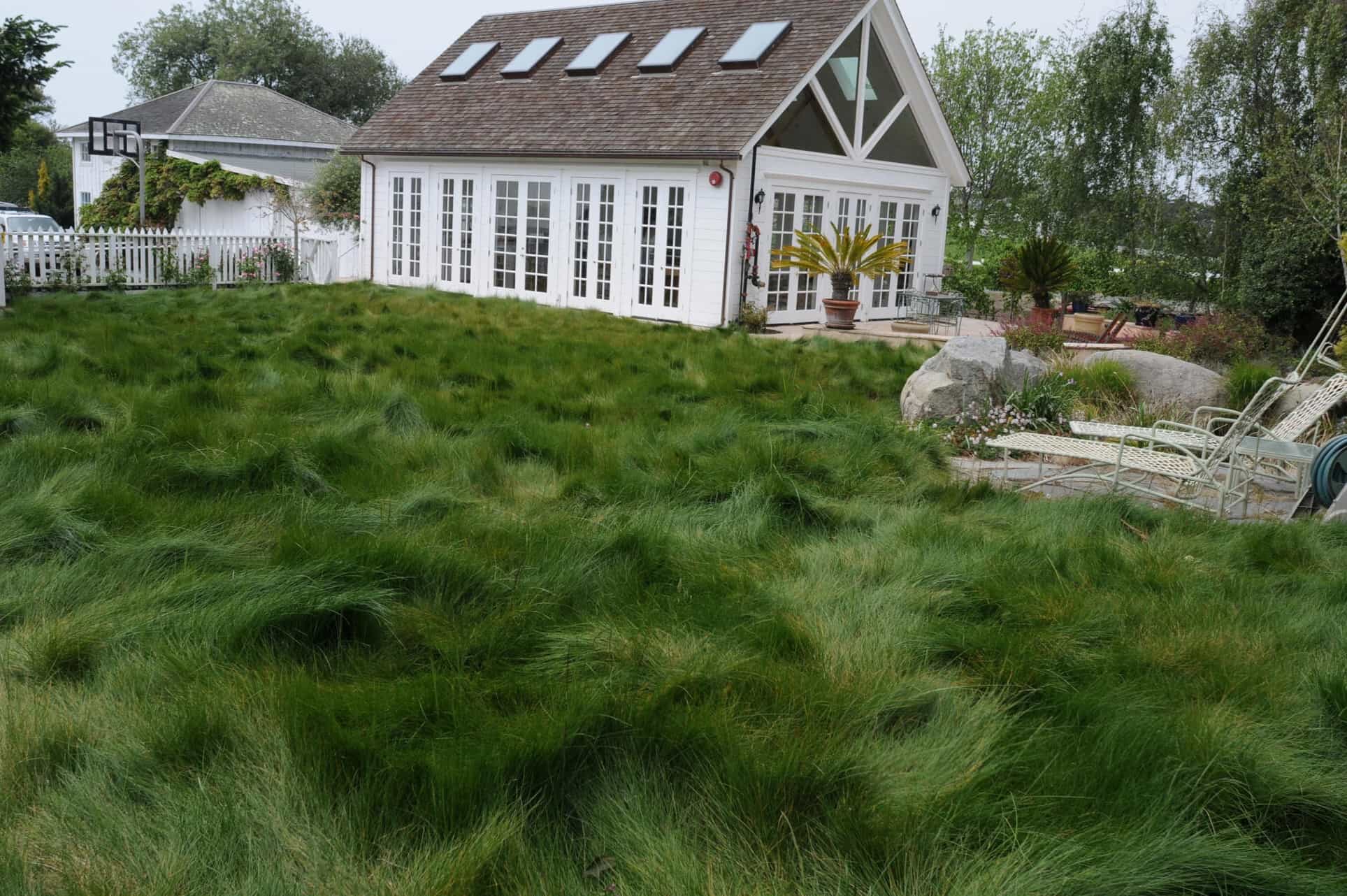
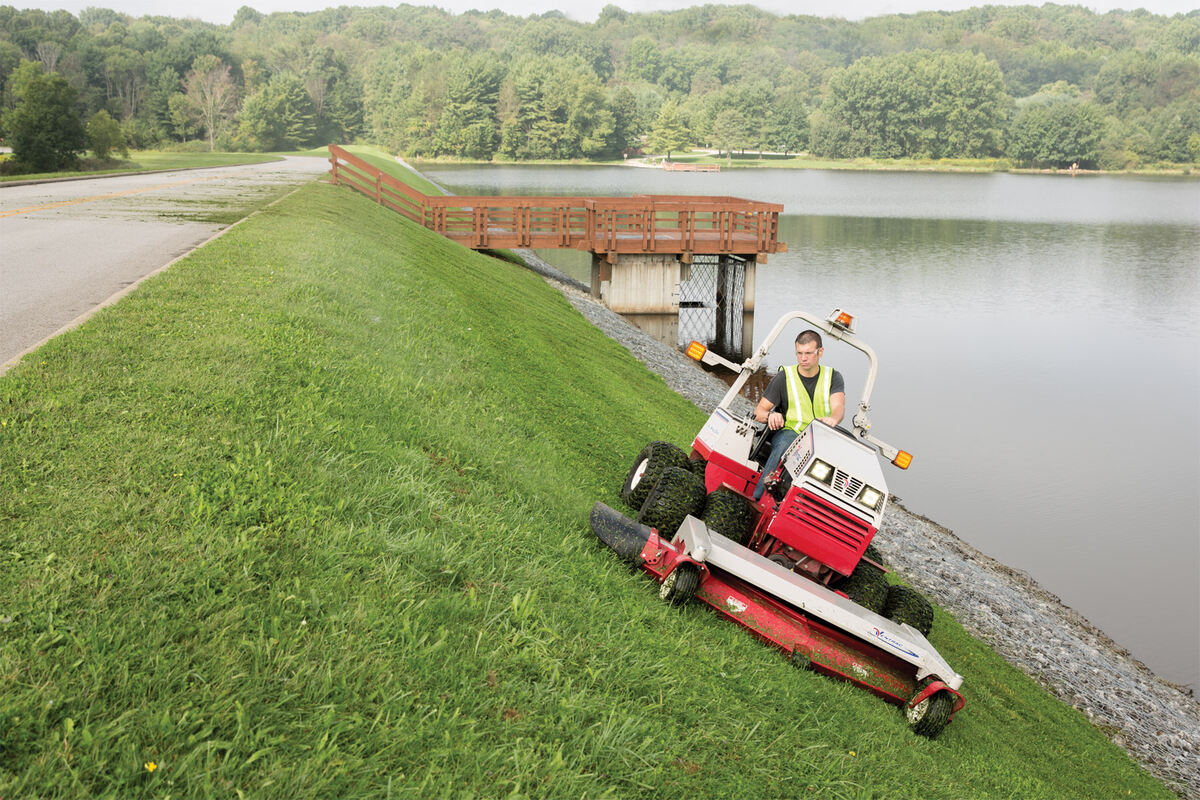
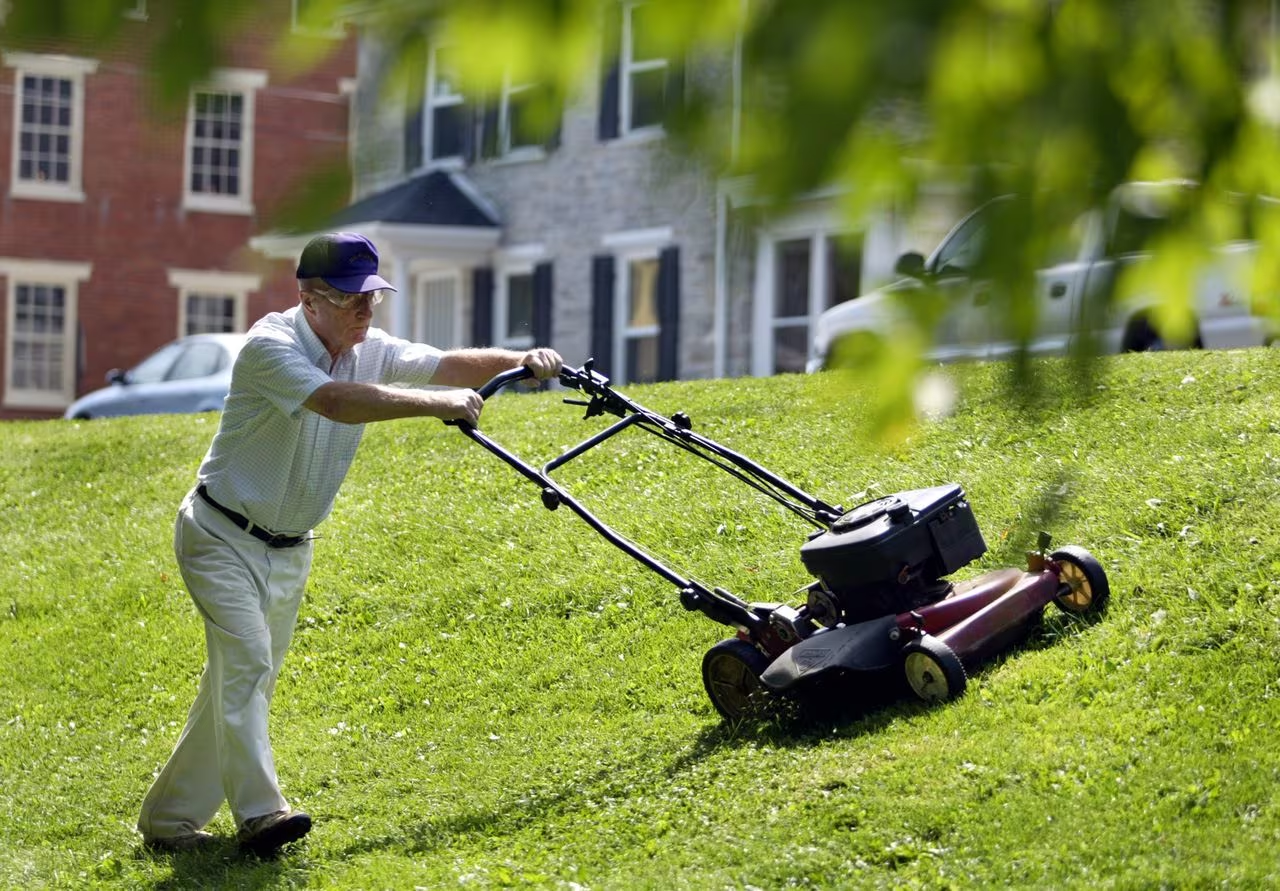
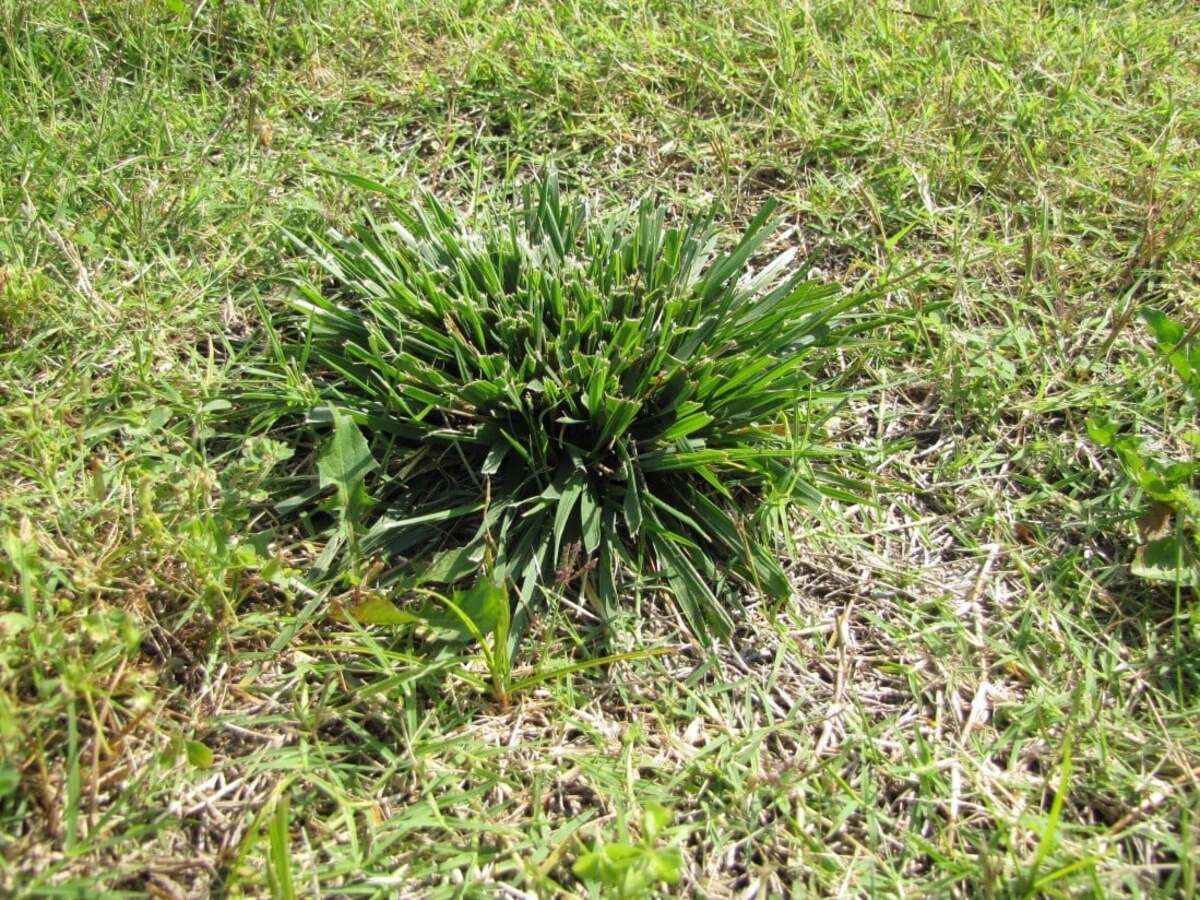
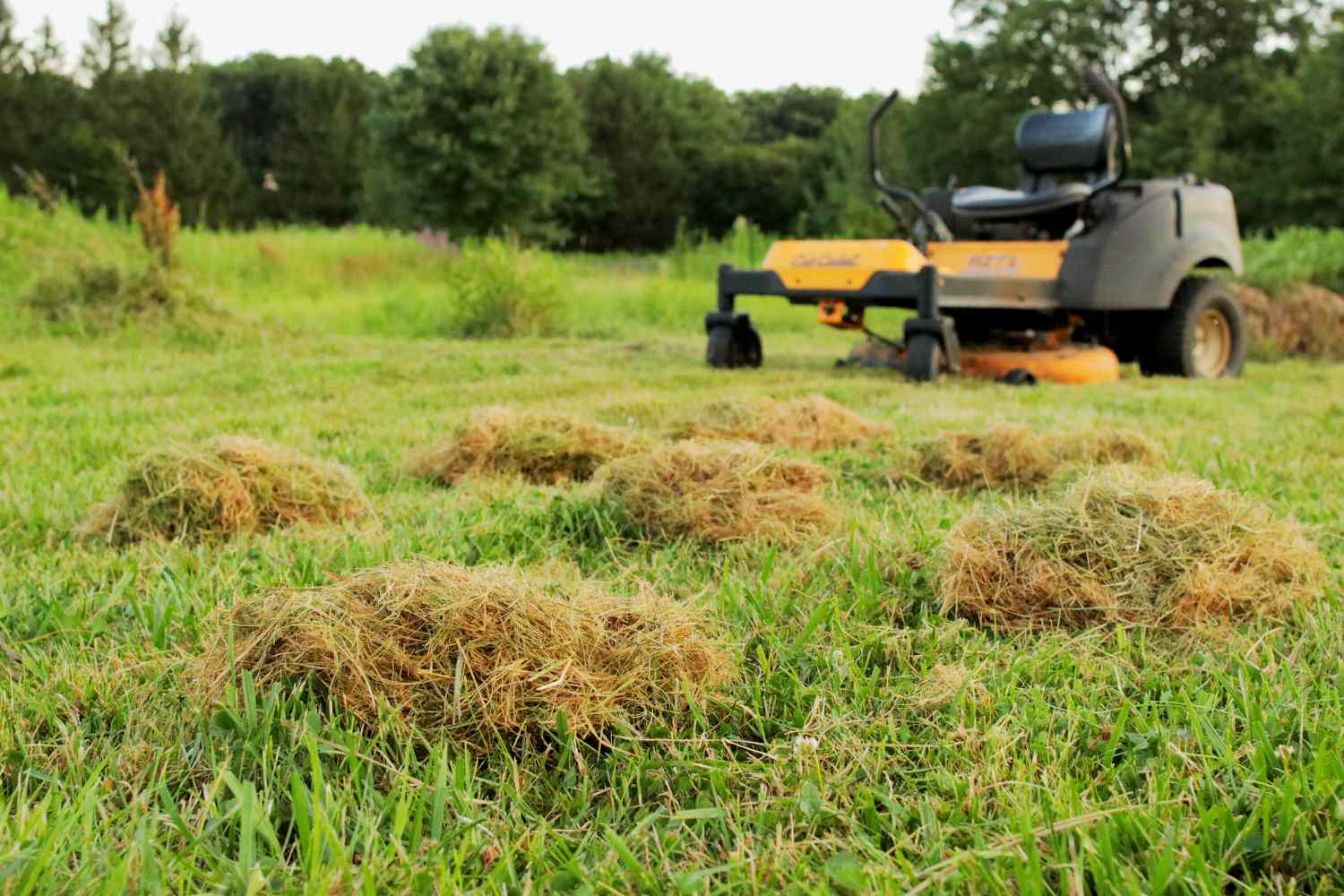
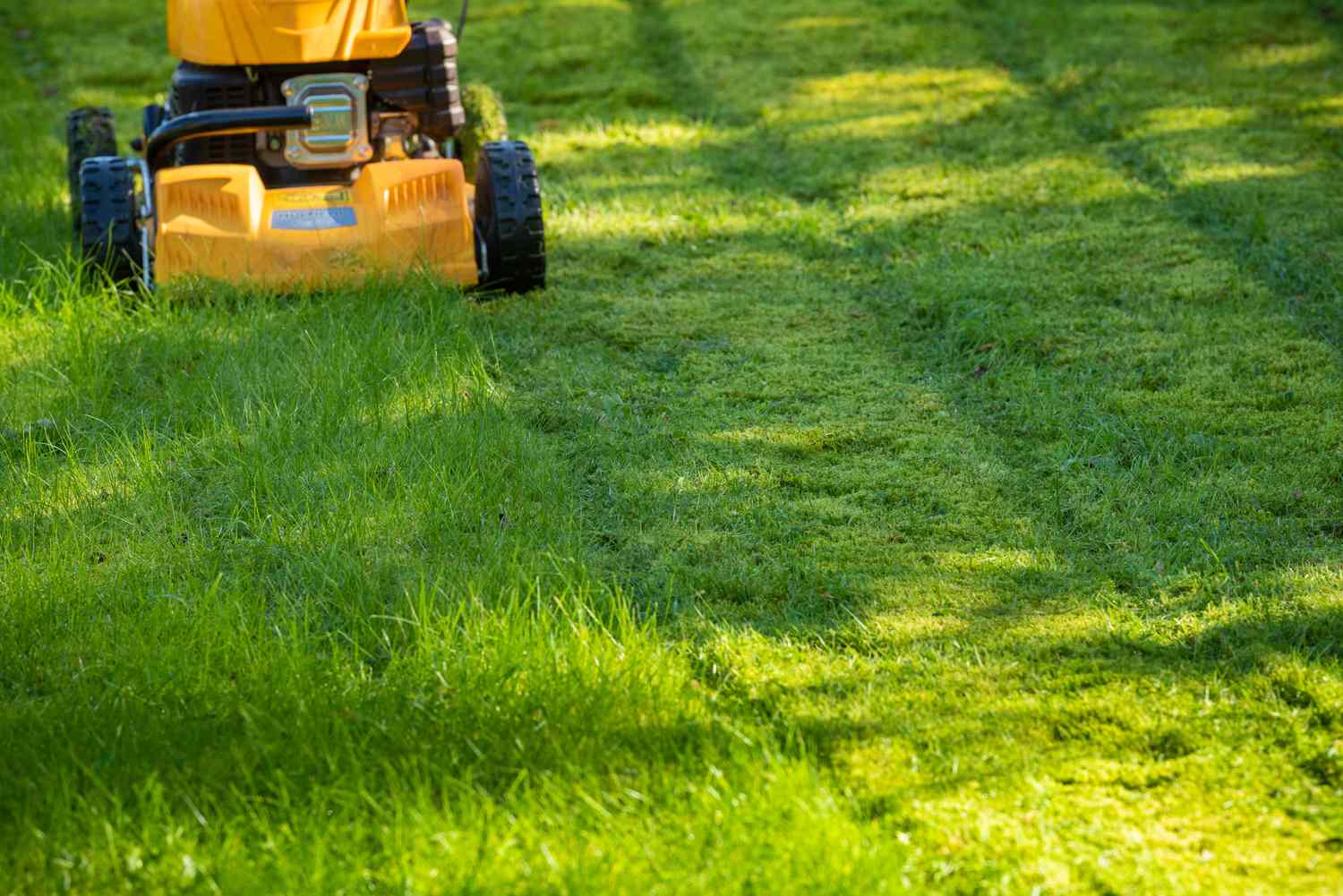

0 thoughts on “Why Is My Grass Clumping When Mowing”